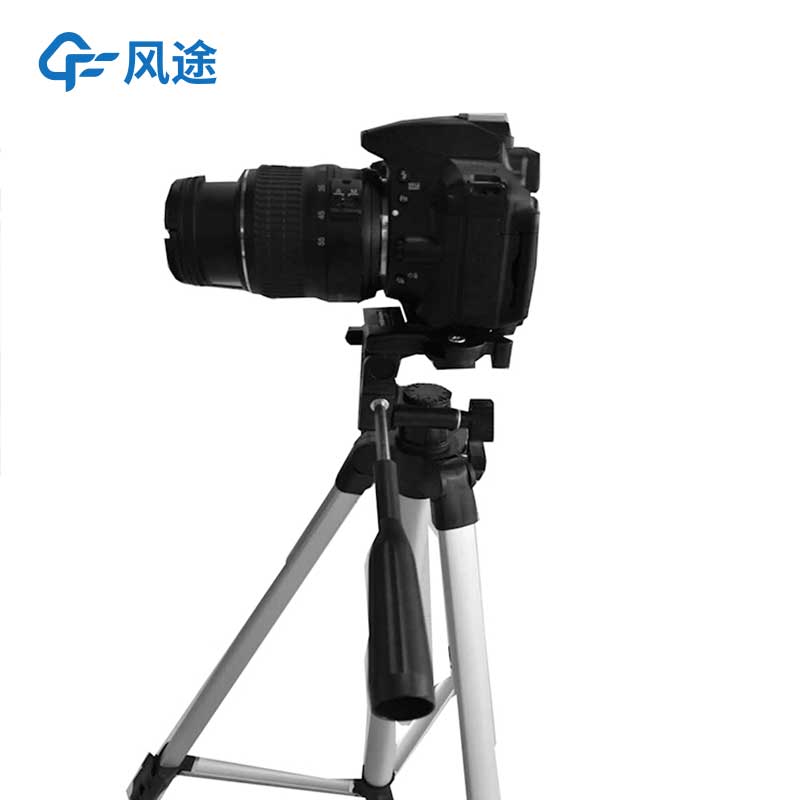Meteorological environment monitoring equipment supplier
Insist on doing high-precision customer favorite technology products
One of the challenges faced by the photovoltaic industry is ensuring the quality of photovoltaic modules. Fengtu's EL detector, combined with an anti-infrared darkroom, provides an effective solution for inspecting "defects" in photovoltaic modules during the daytime.
Fengtu's EL detectors (such as models FT-EL2 and FT-EL3) are equipped with a 24-megapixel high-definition infrared camera, capable of capturing subtle electroluminescence signals, resulting in clearer image analysis. Even tiny defects in materials and devices can be clearly visualized. The detector is fitted with a full-time automatic focusing module, which enhances imaging precision and perfectly reveals image details. Wireless control for device testing enables rapid imaging, significantly improving inspection efficiency. The programmable constant current power supply allows on-site testing and can achieve 24-hour uninterrupted testing, meeting the needs of long-duration inspections. Wireless image transmission to a tablet for viewing eliminates the need to check images through the camera, making operations more convenient.
The anti-infrared darkroom is also a crucial piece of equipment, as it can shield external infrared radiation. Many high-precision optoelectronic devices, including EL detectors used for inspecting photovoltaic modules, are susceptible to interference from external infrared radiation, which affects their normal operation. Through special material and structural design, the anti-infrared darkroom blocks external infrared radiation from entering the room, avoiding external radiation interference while also being windproof and rainproof.
Combining Fengtu's EL detector with the anti-infrared darkroom offers significant advantages for inspecting "defects" in photovoltaic modules during the daytime. The main challenge of daytime testing is the strong interference from sunlight, which the anti-infrared darkroom addresses. Inside the darkroom, the EL detector can more accurately capture and analyze the infrared light emitted by photovoltaic modules. Electroluminescence imaging technology relies on high-resolution imaging of the infrared light emitted by the modules. By eliminating external infrared interference, the anti-infrared darkroom ensures the clarity and accuracy of imaging results, helping inspectors precisely identify subtle defects in the modules, such as hidden cracks, broken pieces, fragmented cells, grid breaks, black cores, cold solder joints, as well as process contamination, low-efficiency cells, black edges, sintering issues, over-etching, and perforations.
